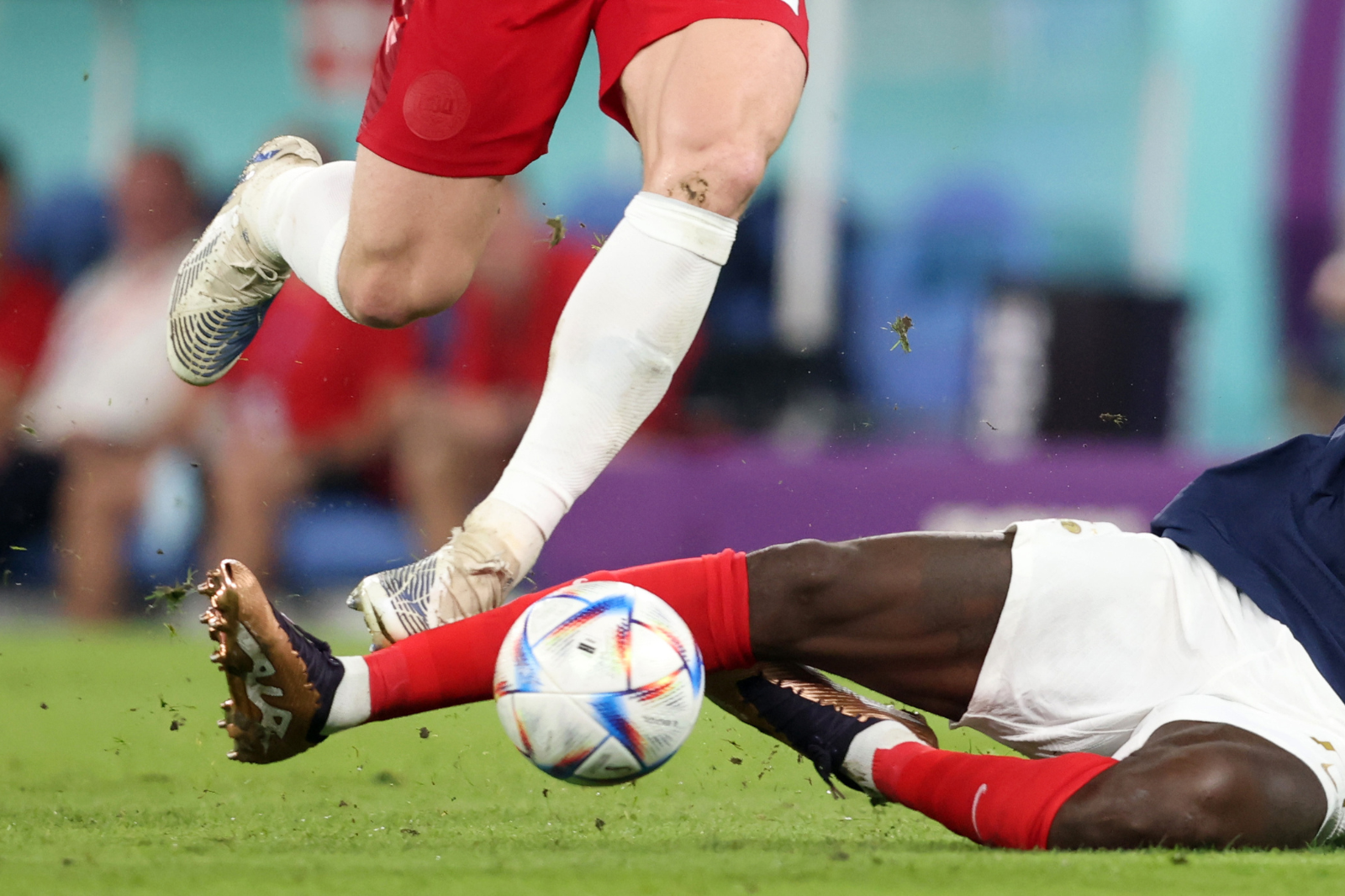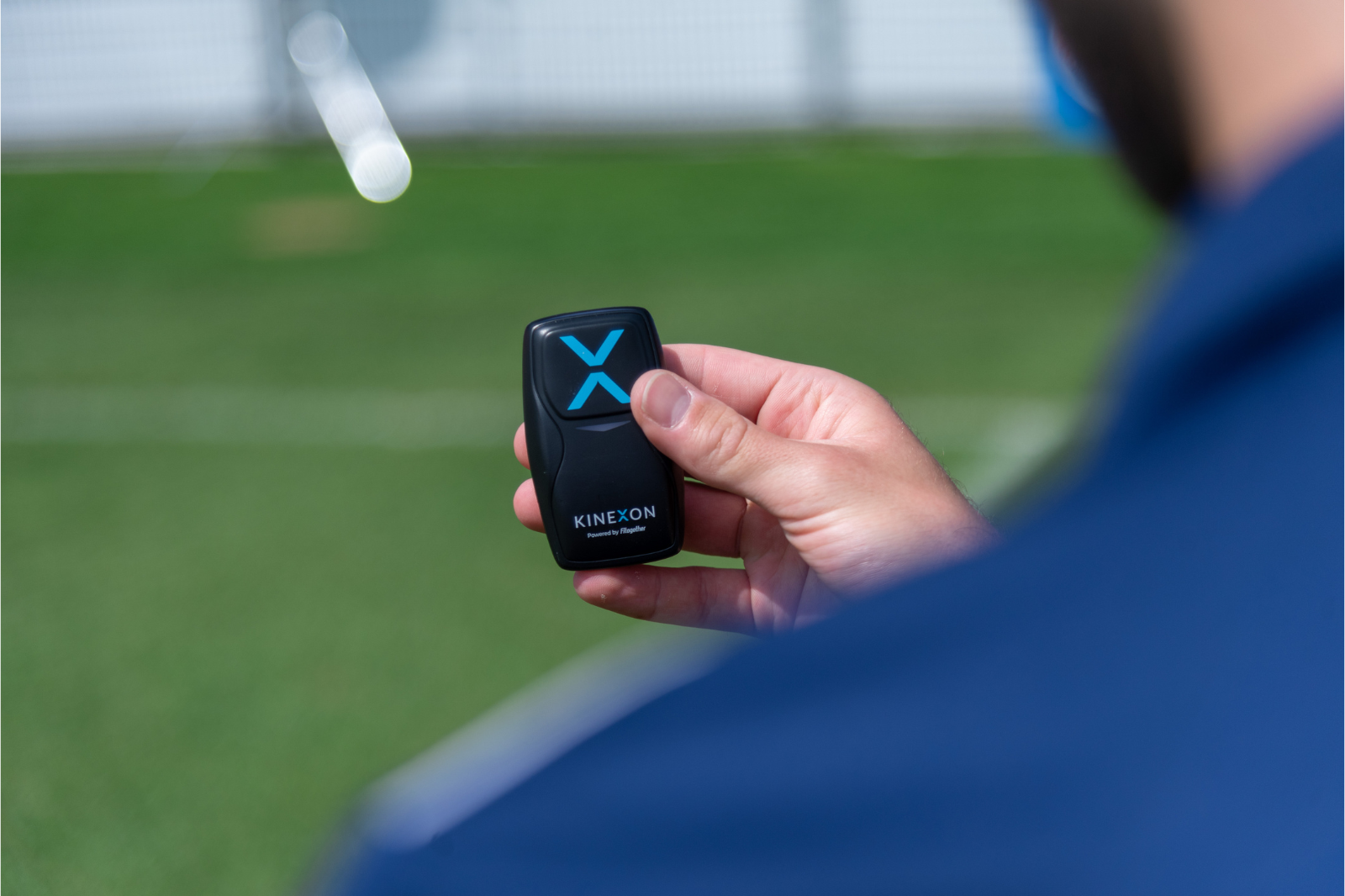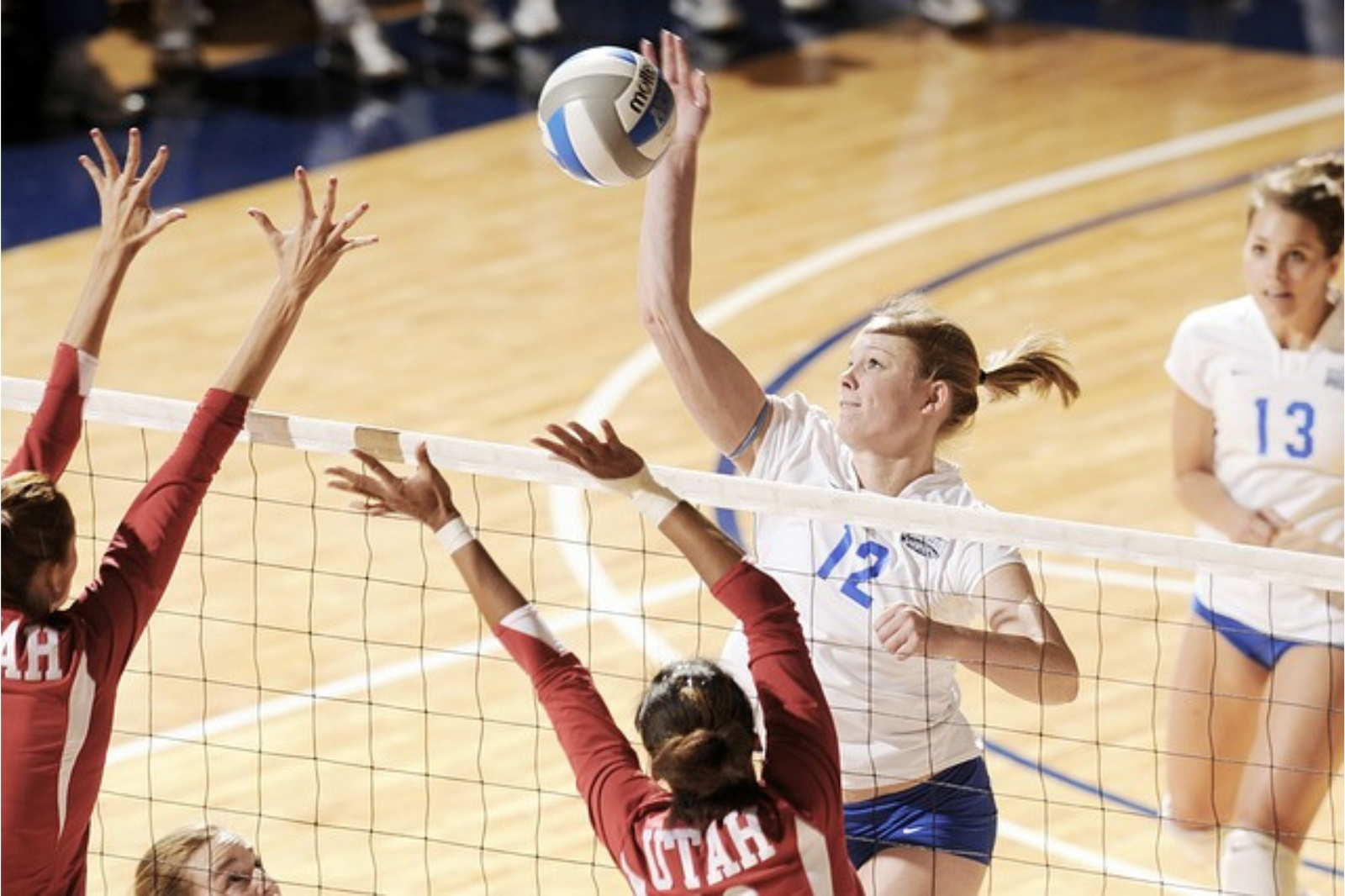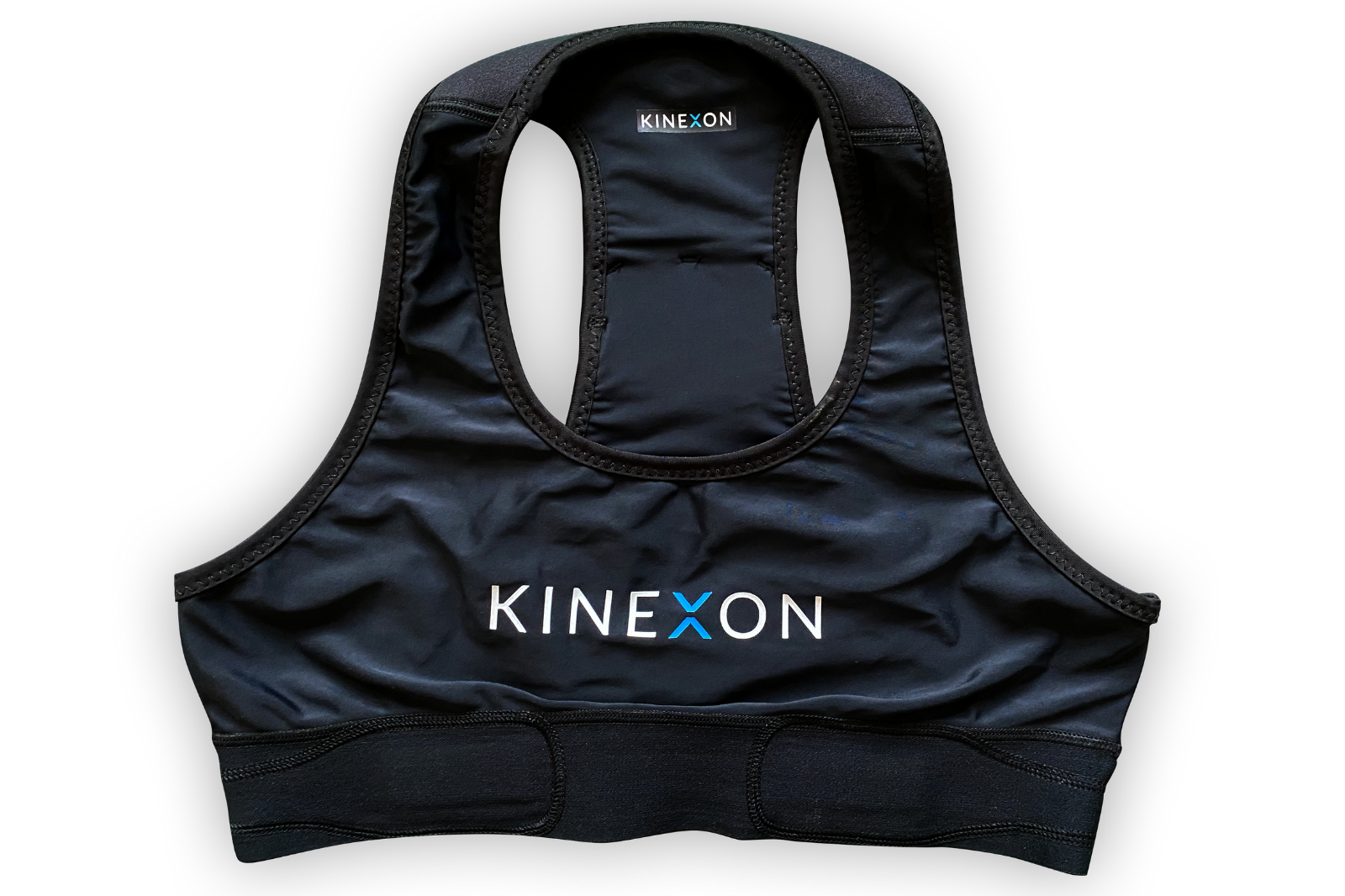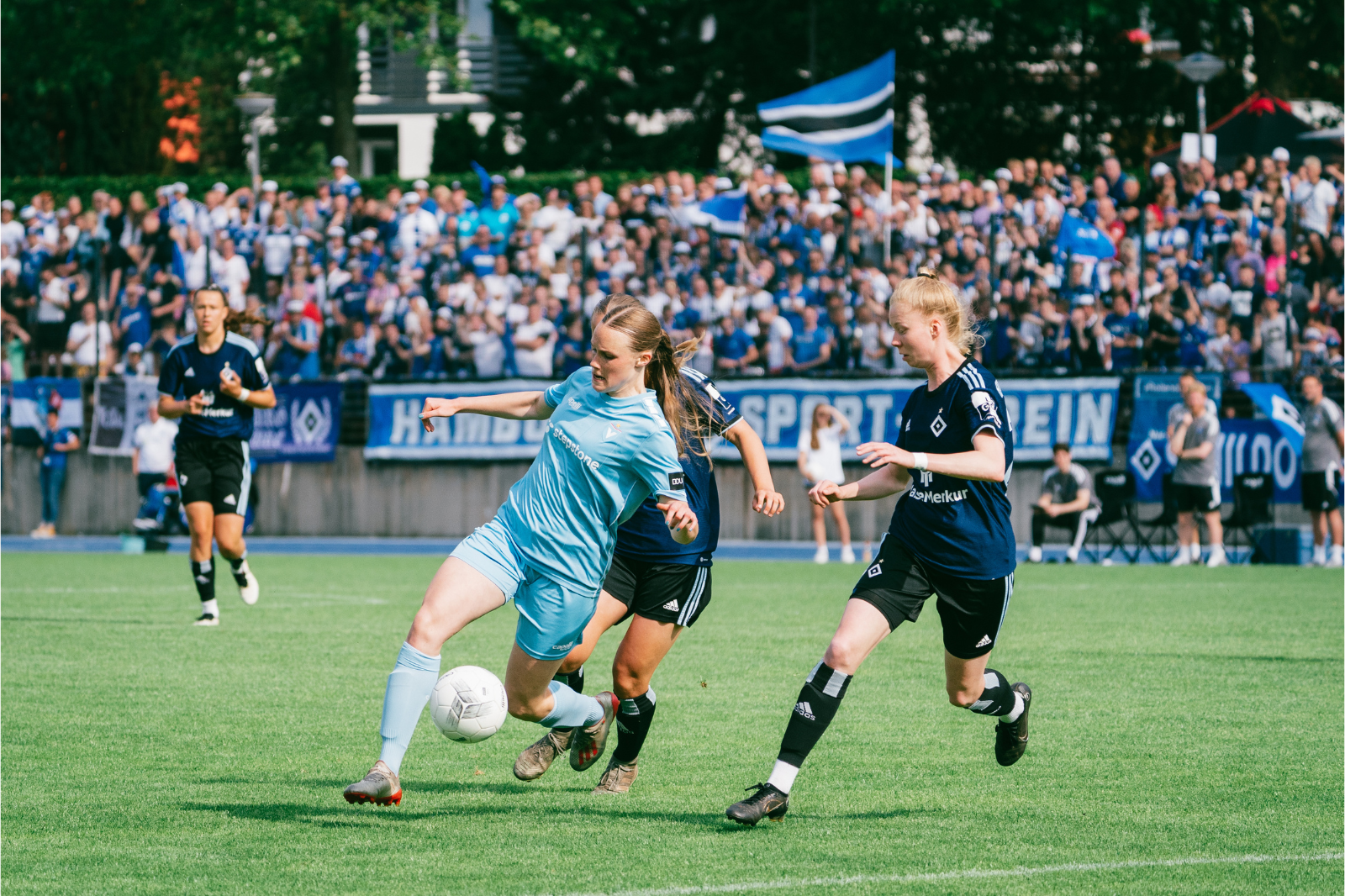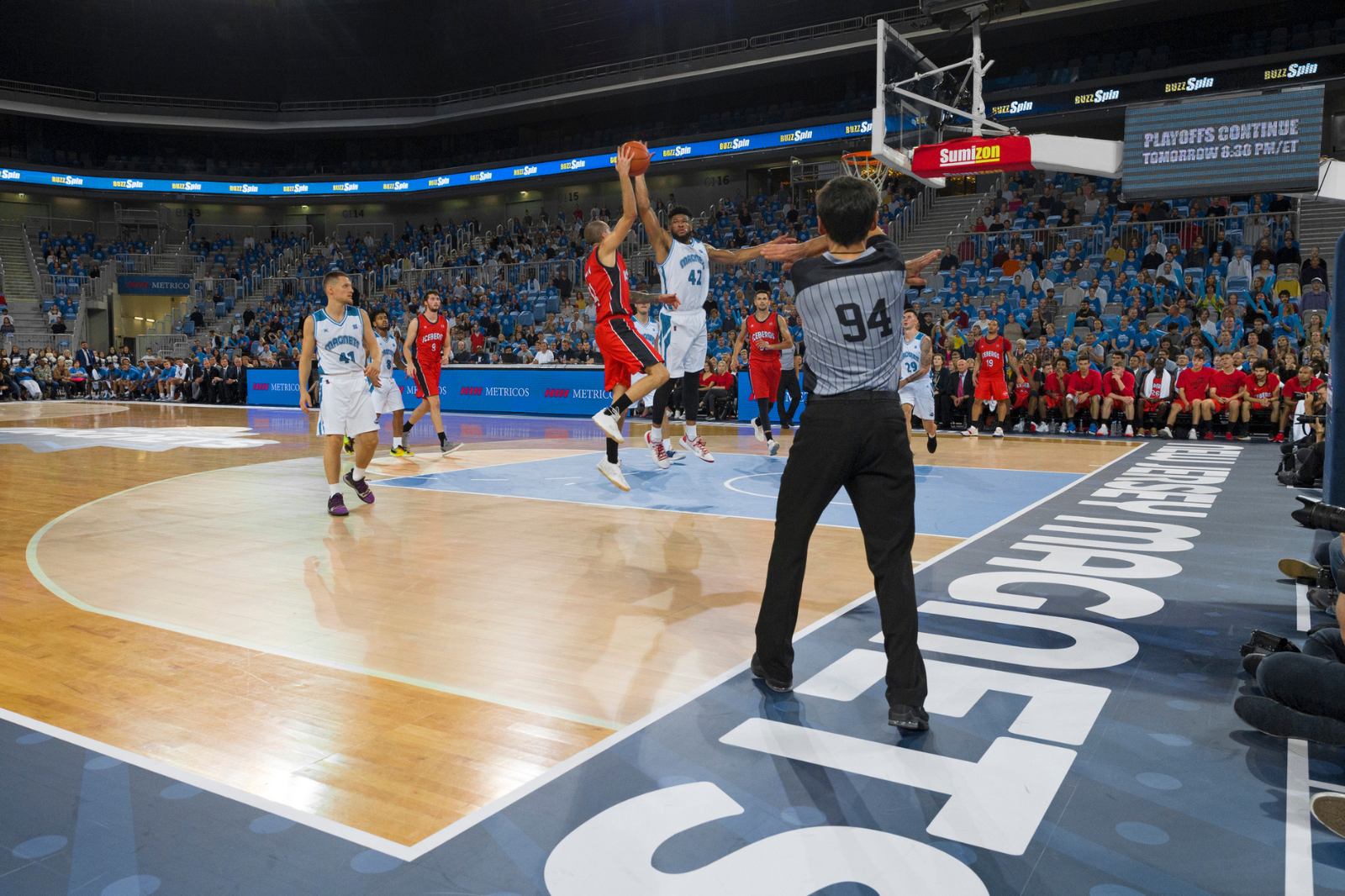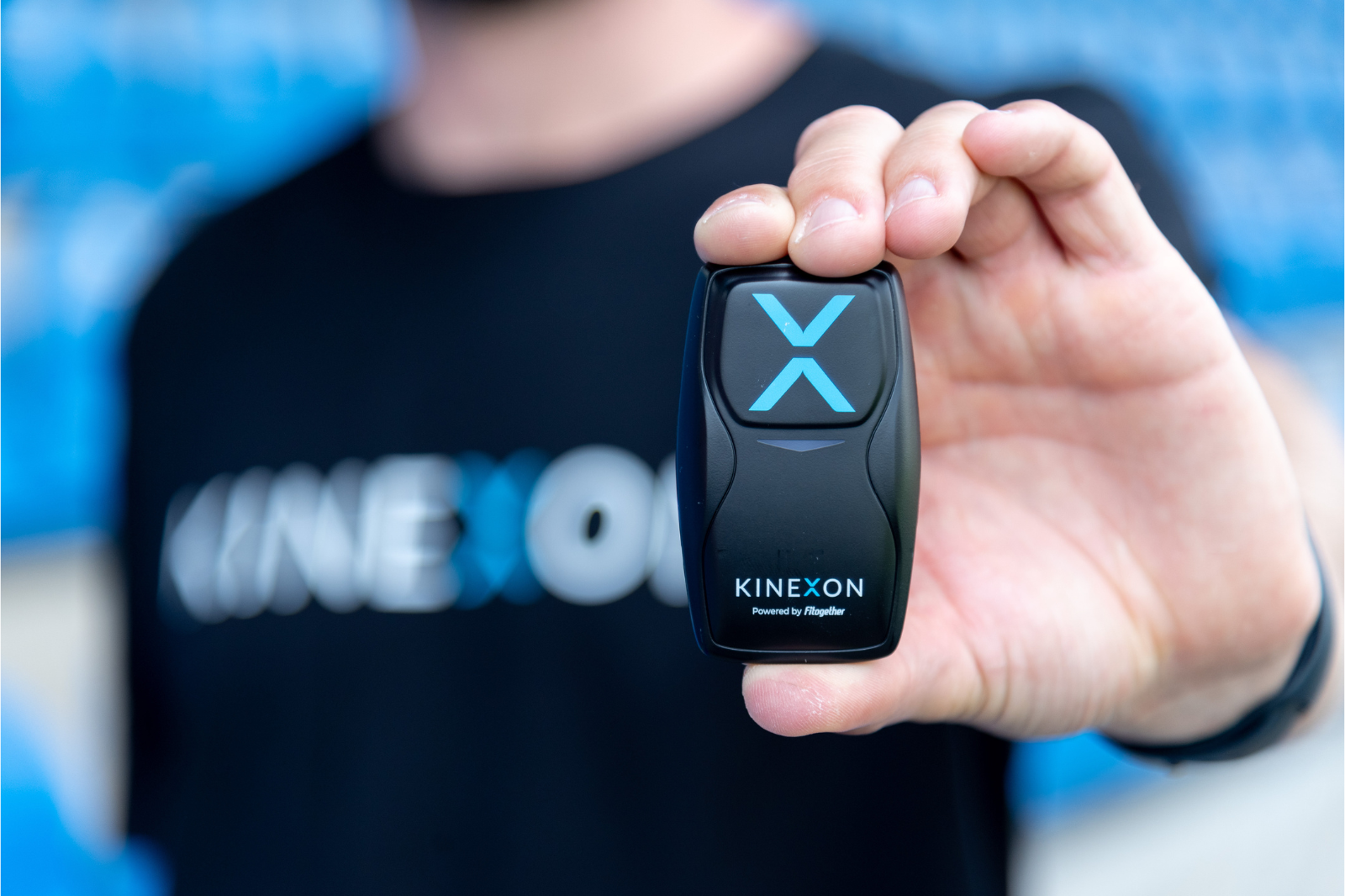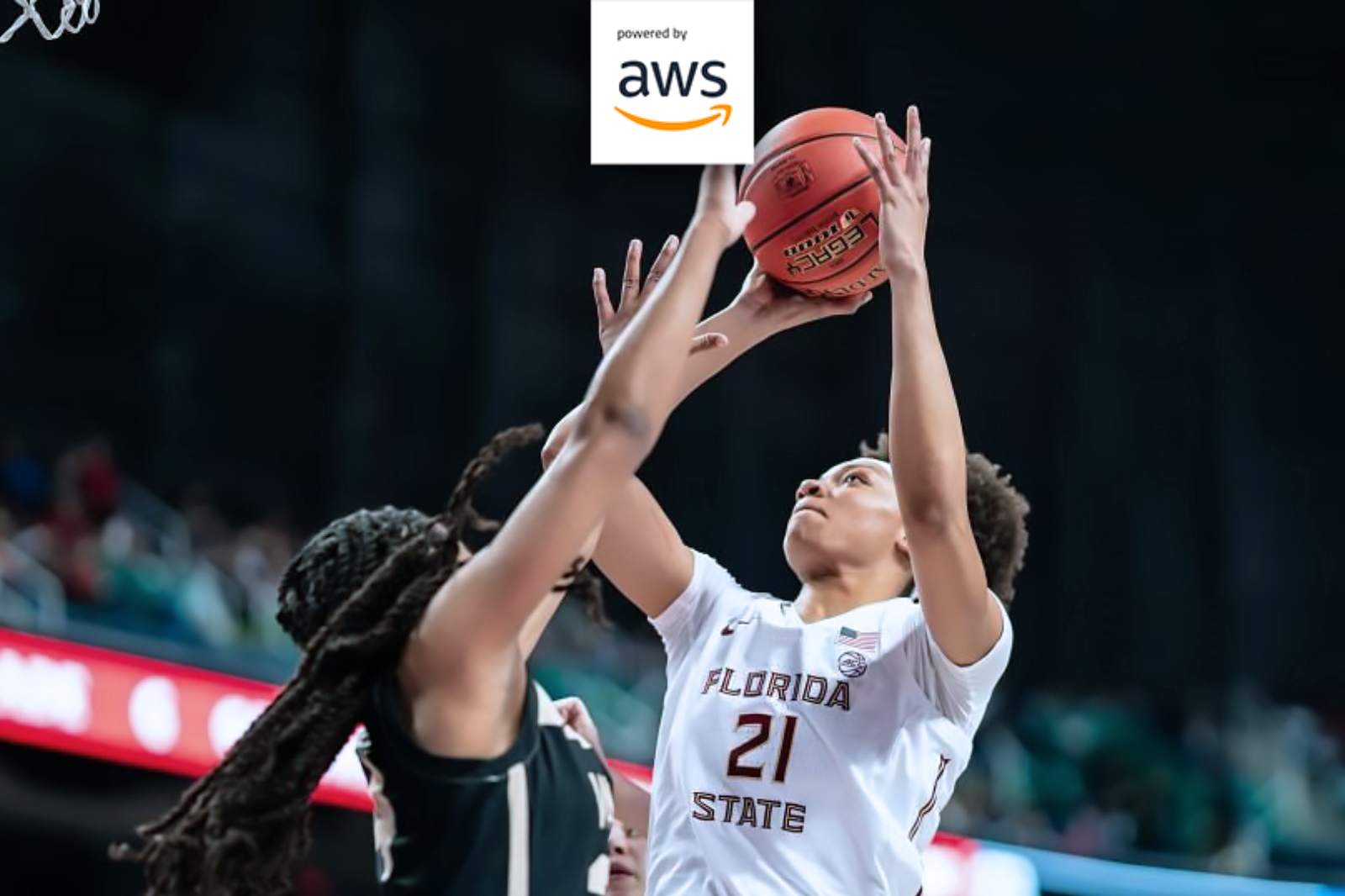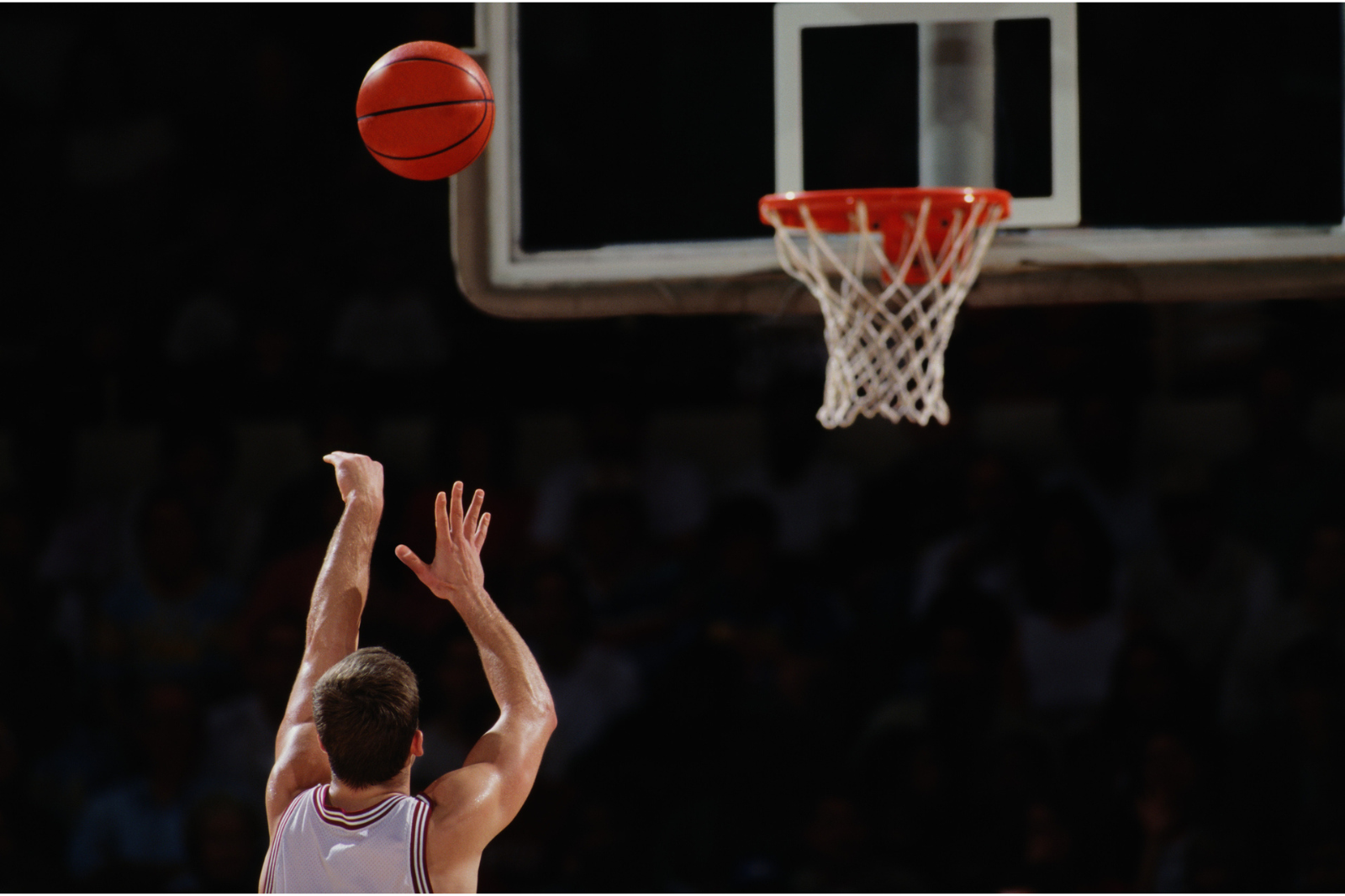What Metrics Matter Most to Football Coaches Who Monitor Mechanical Load?
Sports performance analytics are revolutionizing how football coaches assess and quantify player performance. And mechanical load is a big part of the approach. Coaches used to rely on the naked eye or stat sheets to monitor it, but now they employ sports analytics to tailor training sessions that optimize performance and rehabilitation programs and reduce the risk of football injuries.
But there are a couple of metrics that matter most to coaches, when it comes to monitoring mechanical load. Let’s take a closer look.
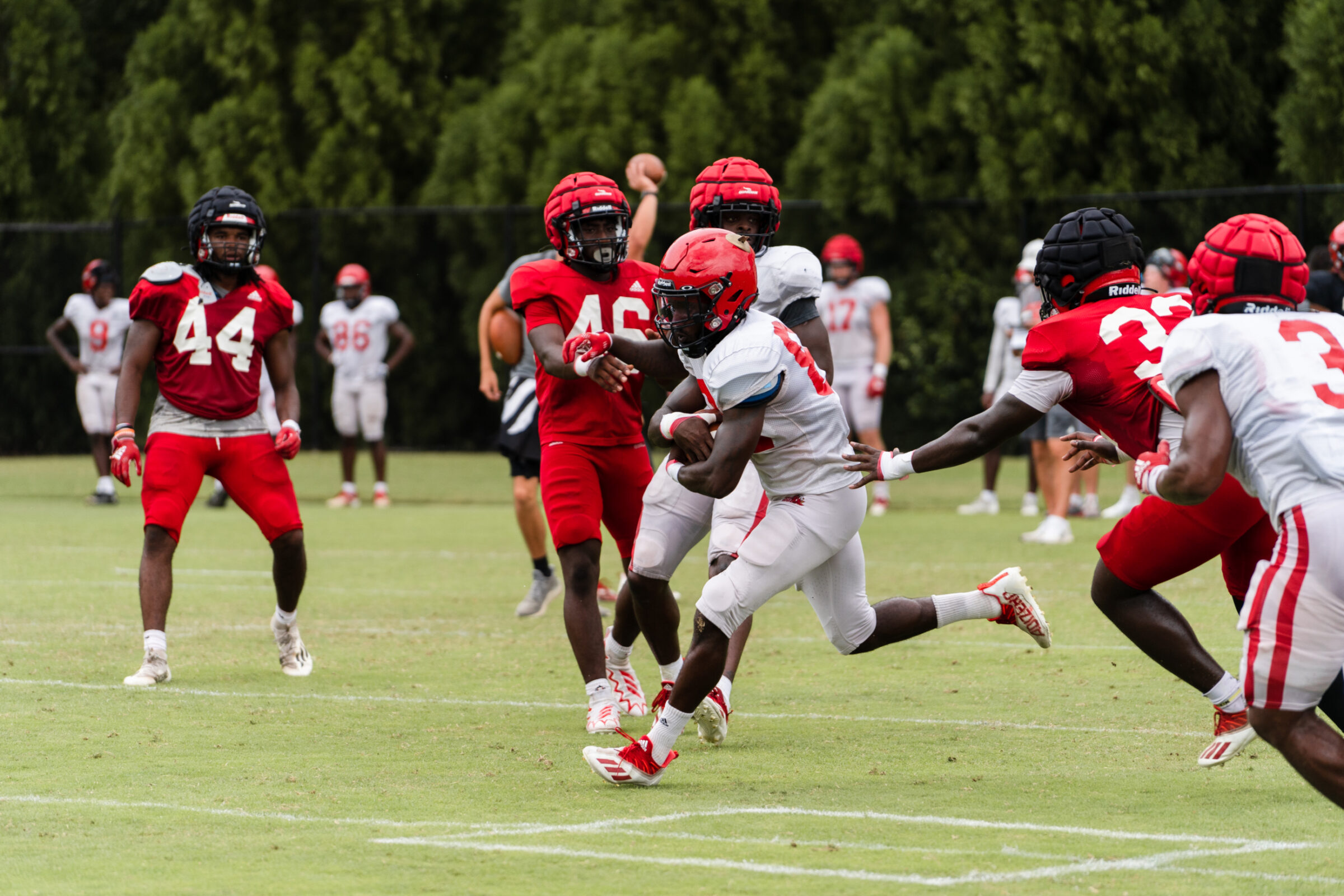
There are many metrics tied to player load and distances. I would like to take a closer look at some exertion metrics around accelerations and decelerations and how we can create a load metric that focuses on the legs- mechanical loading (or mechanical load). This can be tracked across all drills, practice sessions, and competitive games, offering valuable insights into individual workloads and positional demands.
Key Takeaways:
- Mechanical Load can be used to monitor player workloads on the legs. This metric ensures players are well-exposed to a high workload during practices leading to games and prepare athletes for game/season loads.
- Designing drills to reach high-intensity demands is essential so players are physically prepared for max accelerations and decelerations at game speed.
- Tracking max acceleration and deceleration for high-intensity training sessions can help coaches assess personnel decisions to replicate during game situations.
Load Management Made Easy:
What is Player Load?
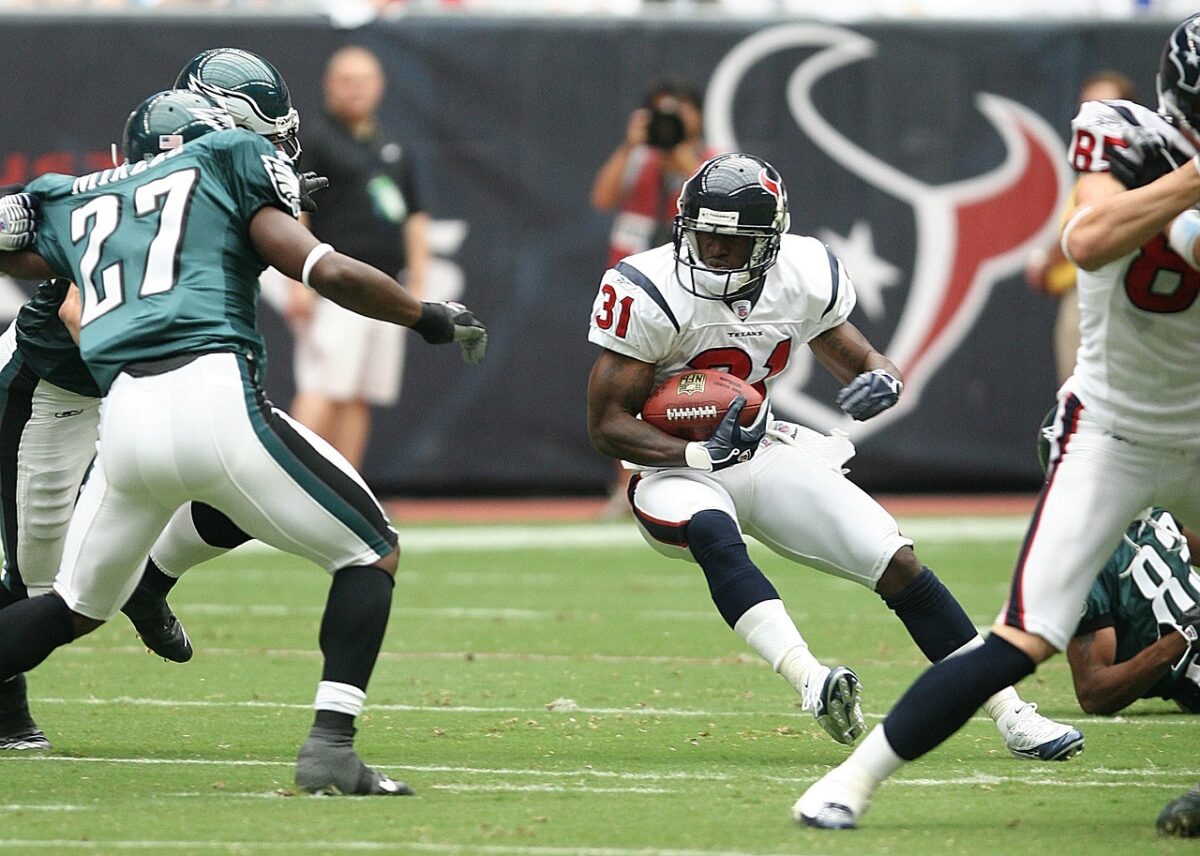
A player’s load refers to the physical workload or snap count sustained during practice sessions or games. It encompasses many factors, such as the duration and the types of movements and exercises they perform. A player’s load can be separated into external and internal.
External Load Examples:
- Distance
- Speed
- Acceleration/Deceleration
Internal Load Examples:
- Heart Rate
- Muscle Fatigue
- Perceived Exertion
Coaches and athletic trainers measure workloads, training sessions, injury prevention, and performance by focusing on the external load. The goal for coaches and players is not to replicate the same volume on game day during multiple days of practice.
Sustaining elevated levels of max accelerations and decelerations for an extended period can lead to athletes over-exerting themselves before game day and can cause fatigue, cramping, and even severe injuries.
By tracking and analyzing load data, teams can make informed decisions about player workload management, recovery strategies, and individualized training programs.

“Mechanical load has become a key metric in many sports because it focuses on leg fatigue. The unique design vs. other loads accounts for key intense accelerations and decelerations which make up the true demands of football.”
What Is Mechanical Load?
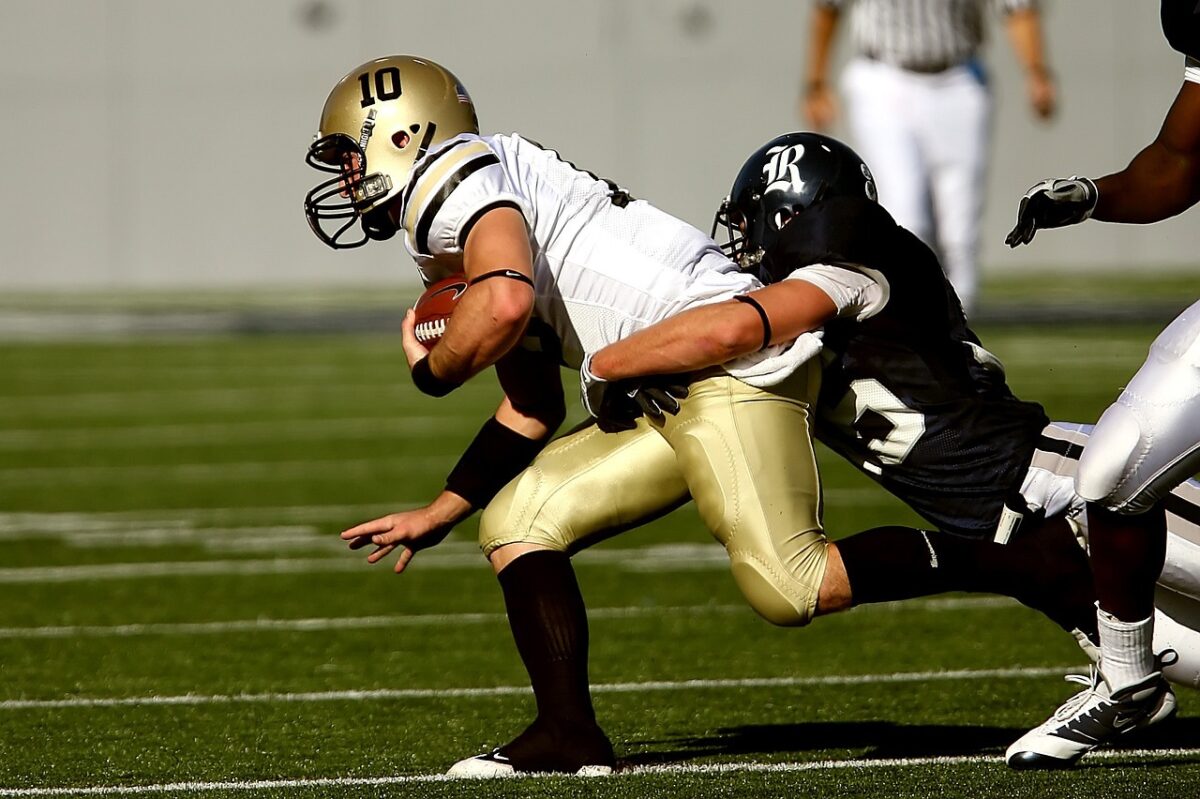
Mechanical load refers to the forces and stresses placed on an athlete’s legs during physical activity, specifically in the context of football.
By quantifying speed, directional changes, and other essential football-related body movements, researchers and sports performance experts can use mechanical load to comprehensively understand the demands imposed on the athlete’s body.
This quantification allows for a more nuanced evaluation of the physiological stresses experienced during games, aiding in injury prevention, performance optimization, and training program development.
Acceleration and Deceleration in Sports
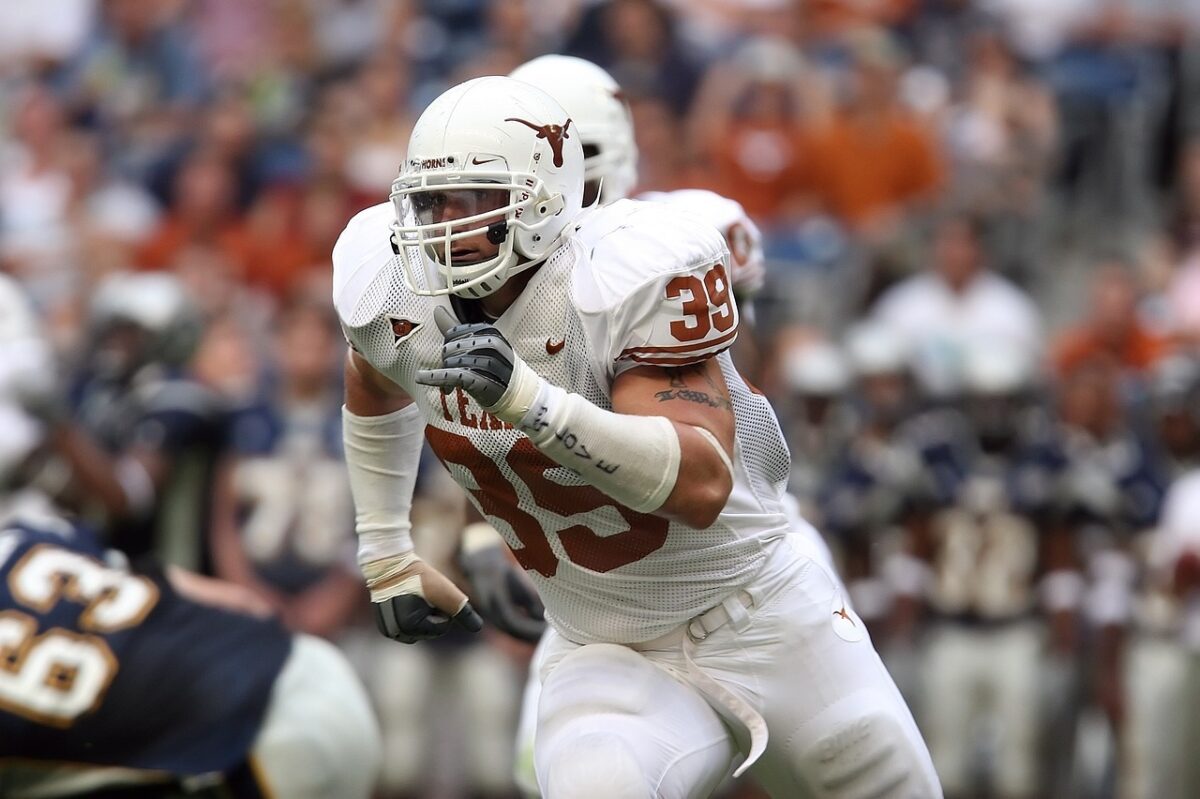
Acceleration and deceleration load are forces experienced by players when changing speed and direction during practice or games.
Acceleration load occurs when a player increases their speed or transitions from stationary to moving.
Deceleration load is experienced when slowing down or stopping abruptly.
Both loads stress muscles, joints, and connective tissues. Understanding acceleration and deceleration zones, sports analytics technology can track the number of times a player has exerted energy to change directions.
KINEXON sports technology allows coaches to set up benchmarks to monitor workloads during practices or games.
Here’s an example of Acceleration/Deceleration Zones (yd/s²)
- Low: <37.33
- Medium: 37.33−47.17
- High: 47.17−57.5
- Very High: >= 57.5
Monitoring these metrics helps coaches develop and manage individualized conditioning programs and injury prevention strategies for their players. This, in turn, enhances performance and reduces the risk of injuries associated with rapid changes in speed and direction.
Track Mechanical Loading With Sports Analytics
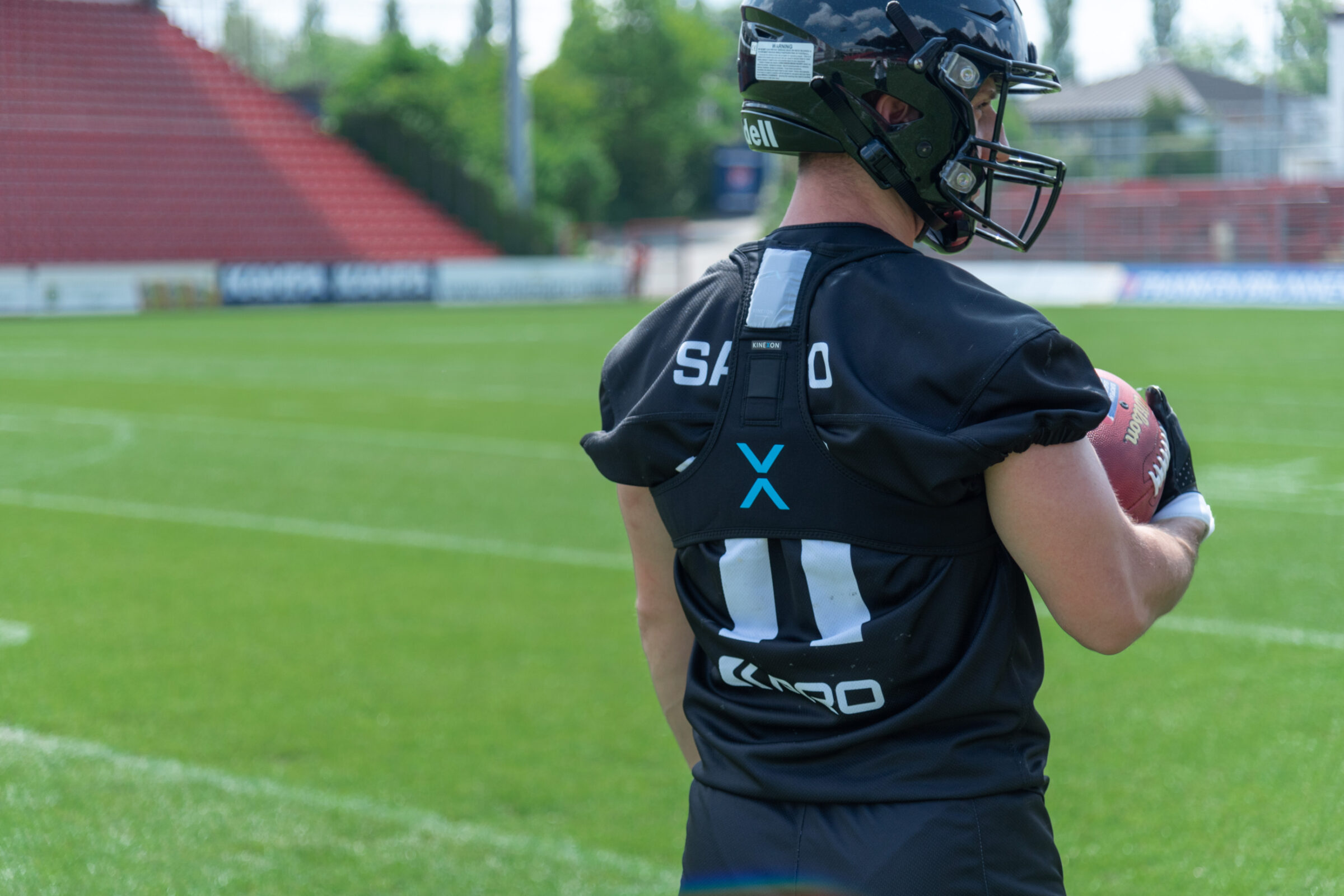
Using sports data analytics such as mechanical loading, acceleration and deceleration provide valuable information to coaches and trainers. It can help you to understand the demands on your athletes’ bodies during football activities.
Athlete trackers can be the difference in your players having fresh legs heading into the fourth quarter. They can also keep you from giving up a big play because your player load wasn’t balanced throughout the game.
Understanding how sports analytics can help your team is the first step you can take to improve your team’s overall performance.
Want to see how our experts generate and analyze mechanical load data? Download our free guide.
